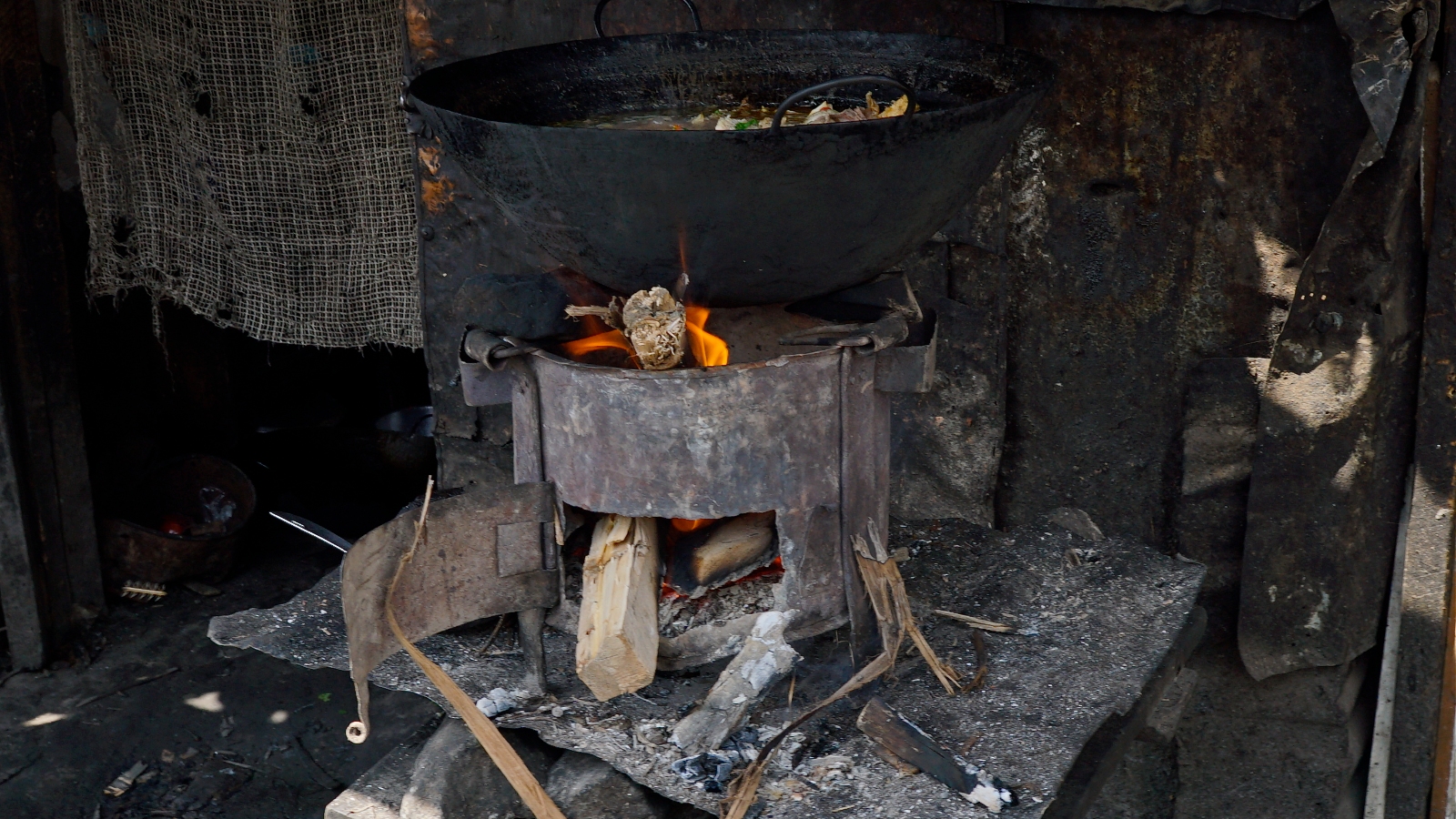
Can changing the way you cook help fight global warming? If you’ve considered this question and you live in a rich country, you’ve probably thought about whether you should ditch your gas stove for an electric or induction cooktop. But for nearly a third of the world’s population, even that gas stove would be a big step up from the pre-industrial cooking methods still widely used in Africa, Asia and Latin America. Some 2.3 billion people regularly cook their meals over open fires or on makeshift stoves using fuels such as wood, animal dung, charcoal and coal – methods that generate deadly local air pollution and are far more carbon-intensive than the electric and gas stoves that enjoy by the relatively wealthy of the world.
The lack of access to these “clean cooking” technologies is responsible for 3.7 million premature deaths annually, due to the harm of inhaling smoke from cooking fires (which often accumulates indoors), according to a report from the International Energy Agency, or IEA. Fortunately, the total number of people without access to clean cooking is declining, largely due to progress in Asia and Latin America. But in Africa, that number is trending in the opposite direction, as clean cooking campaigns have been unable to keep up with massive population growth in sub-Saharan Africa. In an effort to address this, representatives from 55 nations gathered in Paris last week for the Summit on Clean Cooking in Africa, organized by the IEA. The marquee announcement of the conference was a pledge of $2.2 billion by governments and the private sector to increase access to clean cooking in Africa.
While cooking inequalities have been recognized for decades as a health crisis and driver of gender-based inequality in the world’s poorest regions – as women are typically responsible for cooking in these households and are therefore most directly exposed to indoor air pollution – the climate crisis has given the issue added urgency in the past year. Darby Jack, a professor of environmental health sciences at Columbia University, attended last week’s summit and told Grist that “there was a fair amount of focus on clean cooking as a low-level climate solution,” as opposed to the issue’s long-standing framing as primarily a public health crisis.
Smoke-spewing cookstoves and fires account for about 2 percent of global greenhouse gas emissions—roughly equivalent to the carbon contribution of global air travel. But as well as being an easier problem to solve than the notoriously difficult to decarbonise aviation sector, universal access to clean cooking will bring a range of associated health and welfare benefits, helping to preserve ecosystems and biodiversity which are threatened by unsustainable timber harvesting methods.
At the summit, a host of signatories, including countries, civil society organizations and corporations, issued a statement “making 2024 the defining year for clean cooking.” But conspicuously absent from the statement was any mention of what Jack described as an “enduring debate” among clean cooking advocates: the question of what kinds of stoves count as appropriate improvements on pre-industrial methods and, in particular, the role of liquefied petroleum gas, or LPG, to address the crisis.
“Is it smart, is it ethical, is it good for the Earth to promote a fossil fuel, while in other domains we’re trying to move away from fossil fuels?” asked Jack, whose own answer to this question, and that of many other expertsis yes – for now.
“Long term we want to electrify everything and have renewable energy, but that’s a long way off,” Jack added.
In the US, Jack’s work has advocated for people to move from gas to electric stoves, but he believes that Africans cannot afford to wait for the infrastructure and investment needed to avoid using LPG as a “transition fuel”. does not become
“The ideal thing would be to cook with electricity from a clean grid, and that’s just very far in Africa. It will take billions of dollars to get the grid ready for electric cooking, and billions more to get the grid clean,” Jack told Grist. And meanwhile, he noted, is the industrialized world building out natural gas infrastructure. “The idea that we have to tell Africa they can’t use gas for environmental reasons, when we are not only using it but developing it further, is a profound hypocrisy,” he added.
Other researchers disagree. One of them is Daniel Kammen, an energy professor at the University of California, Berkeley. Although he regards Jack as a friend with a reasonable point of view on the issue, Kammen argues that the adoption of LPG stoves is “slowing down the process for us to switch to electric cooking” in Africa, and he argues that the rapidly increasing cost-effectiveness of electric cooking is underappreciated by health researchers.
Kammen told Grist that he sees the enthusiasm for LPG stoves as stemming from their role as “a lifeline thrown to the fossil fuel companies — fossil fuel companies want to keep them on the agenda.”
Indeed, the Paris summit was well attended by gas companies, and despite the lack of official recognition of LPG in the statement of the event, some in the industry celebrated the attention as a “pivot” for the fuel. At the conference, the Dutch commodities traded multinational Vitol announced $550 million in clean cooking investments in Africa, partly in the form of LPG infrastructure. The interest in clean cooking as a climate solution has also given rise to a growing carbon credit market in which polluters such as airlines buy “stove credits” that pay for part of the transition from older to newer forms of domestic cooking – although a study Kammen co-author this year showed that such credits often dramatically overestimate the emission reductions which reaches the new stoves.







